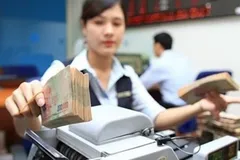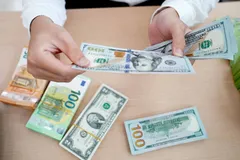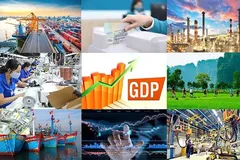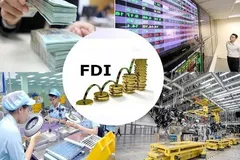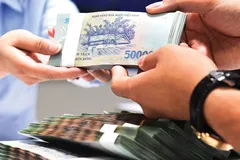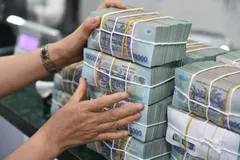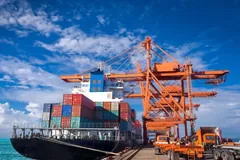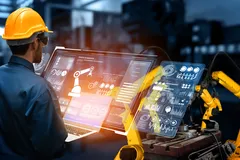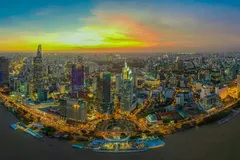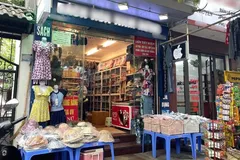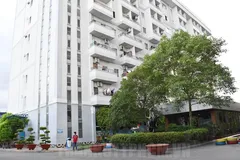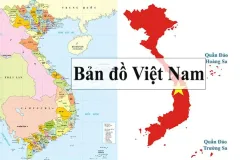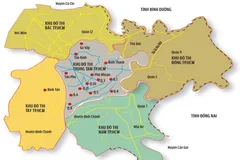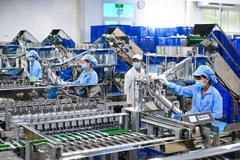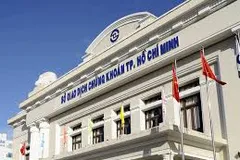This comes hot on the heels of a strong year for both countries, with India and Vietnam regarded as bright spots in the global economy. The International Monetary Fund has observed that India is contributing about 15 per cent of global growth, while Vietnam is widely recognised for its steady economic growth and integration with the world.
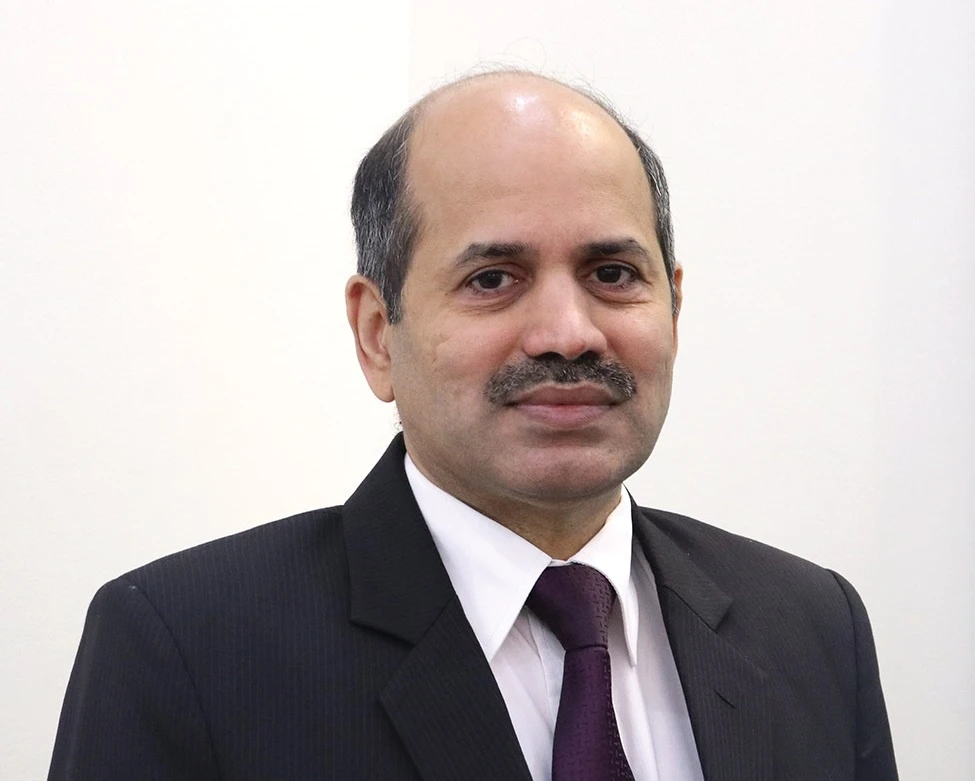
Sandeep Arya, Indian Ambassador to Vietnam
Both countries have set high targets: India aims to be a developed country by 2047, while Vietnam aspires to become a high-income, developed country by 2045. These goals are backed by determined governments, dynamic entrepreneurs, and aspiring citizens in both nations. These national trends are attracting growing attention from authorities and businesses in India and Vietnam, leading to vibrant efforts to capitalise on opportunities and synergies between them.
Economic growth and development in both nations are driven by strong infrastructural building, expanding power generation and distribution projects, the use of renewable energy, forward-looking industrialisation, foreign trade, innovation, and supportive human resources. These domains also guide efforts to strengthen economic relations between both nations.
The present bilateral trade of about $15 billion per year has further prospects for growth in terms of Indian exports in areas like engineering goods, pharmaceuticals, agricultural goods, garments and textiles, ICT, jewellery and more. Vietnamese trade experts will know better, but data suggests that Vietnam’s growing exports to India are competitive and could grow in areas such as mobile phones and accessories, electronic items and spare parts, and other industrial goods.
The ongoing review of ASEAN-India Trade in Goods Agreement of 2009, which is to be completed by the end of 2025, should generate a more user-friendly, facilitative trade regime with Vietnam and other ASEAN countries. The two governments are also taking up efforts to address technical issues in certain areas to facilitate and enhance trade between them. The recognition of each other’s standards for manufactured goods will be mutually beneficial.
The two governments have taken up sectoral discussions in areas such as agriculture, healthcare, digital applications, energy, defence, and banking, which will also enhance trade and economic ties. Connectivity, logistics, and transport were also identified as areas for further work between us. The two countries seek to develop a framework for cross border real time digital payments that will benefit businesses, travellers, and residents in each other’s country. We believe that greater business-to-business contacts, participation in trade expos, and further supply chain linkages and promotional initiatives will contribute to higher trade between the two countries.
Figures from the General Department of Vietnam Customs showed that both countries’ trade turnover has seen an annual growth rate of 11 per cent over the past 10 years, reaching $14.3 billion last year, and an estimated sum of $15 billion in 2024. Over the past decade, India’s exports to Vietnam have increased by 7.2 per cent annually to $5.9 billion, while Vietnam’s exports to India have also risen by 14.8 per cent annually to $8.4 billion. Notably, according to the embassy, Vietnam’s export value to India has soared by 17.5 per cent over the past three years, since the pandemic.
We see rising opportunities for greater investments between India and Vietnam. It was useful that Prime Minister Pham Minh Chinh reached out directly to Indian businesses at the bilateral business forum in Delhi in July 2024, and also individually met heads of numerous Indian corporations and specialised companies in areas of promise.
Also in 2024, VinFast had announced investments in e-vehicle production in India, while FPT is also deepening its presence in India. We also encourage investments from Vietnam in agriculture, aquaculture, wood processing, urban development, production of bamboo and forestry products, hospitality and tourism, digital technology, and more besides in India.
We recognise that investment flow is a process ranging from informing businesses about opportunities, understanding of the legal environment, discussions between them and governments, identifying mutual interests, and implementation of decisions. Efforts at all these levels are in progress involving numerous businesses in both India and Vietnam, and I hope to see the value of $2 billion of investments between us to grow in the coming years.
It is apparent that high technology and emerging fields will play on increasingly important role in future economies. Apart from growing digital applications, developments in telecoms, fintech, semiconductors, AI, biotechnology, rare earths, and more are areas of interest in India and Vietnam.
The prospects and opportunities for stronger trade, investment, business partnerships, and technological collaboration between India and Vietnam are and will continue to be bright. We hope that efforts at all levels to seize these opportunities will result in a higher level of comprehensive strategic partnership between the two countries.


